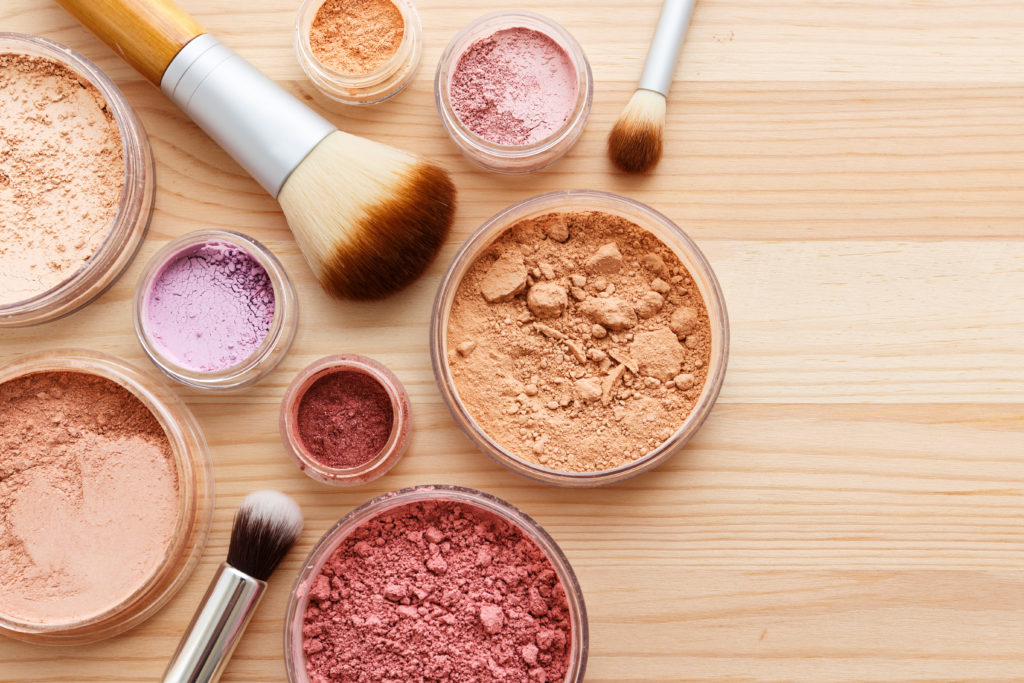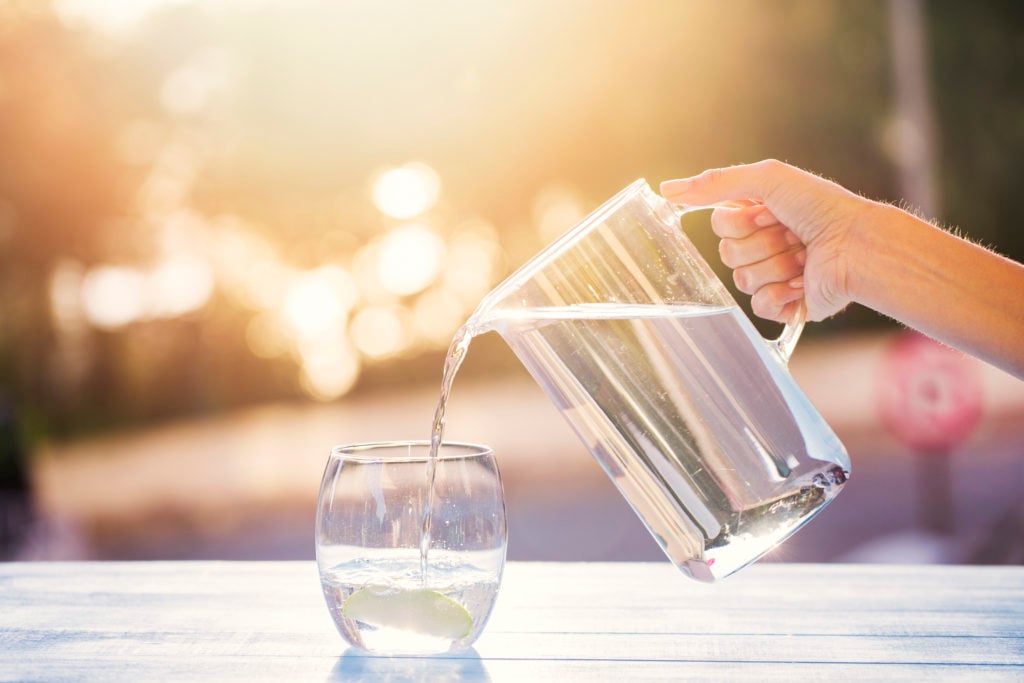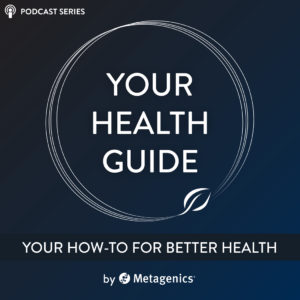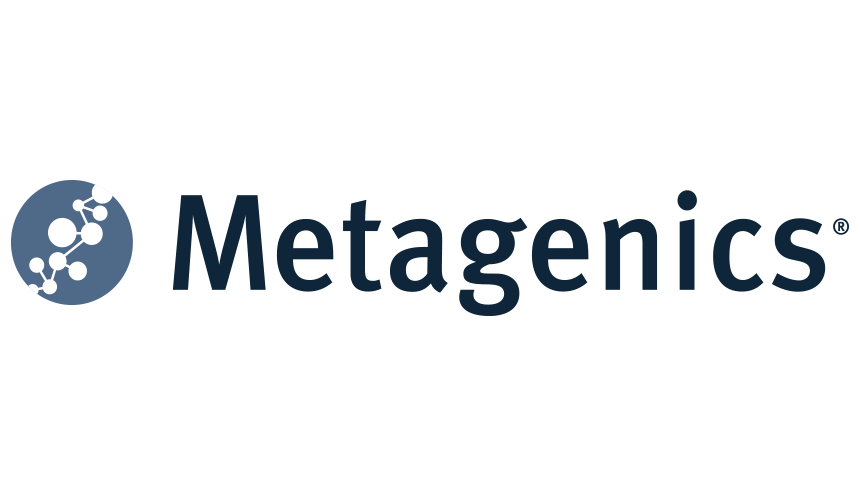It is now an irrefutable reality that toxins such as heavy metals and endocrine disrupting chemicals (EDCs) are present in our modern day environment, and carry the capacity to negatively impact our health.1 This topic was explored, along with some natural treatment options to combat EDCs, in the previous blog: Eliminating Environmental Toxins.
However, knowing that toxins are present in your environment is only one half of the story. The second half of the tale, which also provides a happier ending, acknowledges their presence, but then provides practical steps to reducing your exposure to these toxins within your environment. Read on for 10 steps that’ll reduce your toxin exposure.
While we know that toxins are now ubiquitous in both work and home environments, controlling your level of exposure is something you do have influence over.
Detoxing Your Environment
In terms of reducing the level of toxins in your surrounding environment, it is recommended that you:

1. Transition all cleaning, personal care and make-up products to natural equivalents
- Synthetic versions of these products contain compounds such as phthalates, parabens, triclosan and heavy metals which all exhibit endocrine disrupting or irritant effects within the body.2,3 Transitioning to natural alternatives can be easy and economical by simply switching over as you run out of each synthetic product.
2. Store and heat all food in glass or stainless steel containers
- Plastic containers are comprised of EDCs such as bisphenol-A (BPA). Additionally, BPA-free products are not immune to EDC status, as they still contain similar bisphenol compounds (such as BPE or BPS). These chemicals transfer into foods, especially when heated, making their avoidance a powerful step in reducing EDC intake. Whilst glass can be useful for pantry items and leftovers, lighter stainless steel can make a great low-tox solution for kid’s lunchboxes.
3. Limit exposure to air pollution
- Avoid walking or exercising along main roads.
- Concentrations of heavy metals such as lead and cadmium, and toxic gases such as carbon monoxide are increased on main roads, so take the back streets where possible to decrease your exposure to these chemicals.

4. Install a water filter
- This reduces your exposure to compounds such as chlorine and fluoride, which can both negatively impact your thyroid gland, which is significant as it governs the metabolic rate of your entire body.
5. Use natural air fresheners and perfumes
- Synthetic scents contain phthalates, a known EDC group. With manufactures only required to list these chemicals as ‘fragrance’ or ‘parfum’ on labels, we as consumers can easily be misled as to the true ingredients within a synthetic product.
6. Consume organic meats and produce where possible
- This reduces your intake of persistent organic pollutants (POPs), which are EDC chemicals that resist degradation, bio-accumulate in water supplies, soils and crops, and are then consumed by livestock. Further, numerous pesticides and herbicides used in fruit and vegetable farming carry EDC status, making organic fruits and vegetables, where possible, an avenue worth considering when working to reduce toxin exposure. For more about how to go organic read here.
7. Create an indoor nursery
- Not only do they consume carbon dioxide, indoor plants also absorb and hence reduce levels of air pollution, and volatile organic compounds (VOCs) that are emitted from indoor furniture, paints, aerosols and adhesives. Plants such as the peace lily, Boston fern, Aloe vera and bamboo all offer this fantastic protective effect.
Increasing Your Toxin Elimination
You can also encourage the detoxification and removal of stored environmental toxins from your body. This may be particularly pertinent for those in professions who have ongoing exposure to chemicals; such as hairdressers, painters, cleaners, miners, metal workers, mechanics or those in aeronautical services. Three tips to encourage healthy detoxification for these people in particular (but which benefits everyone), include:

8. Exercise
- This promotes the circulation of blood and lymph, enhancing the elimination of waste products from your body. It also increases the delivery of nutrients and oxygen to your organs and muscles for optimal repair and functioning.
9. Dry skin brushing
- As your skin is a major organ of elimination, removing any build-up of dead skin cells increases your body’s capacity to detoxify and eliminate toxins effectively.
10. Spa treatments
- Saunas and skin wraps can be powerful detoxification tools, as they encourage your body to sweat and remove waste through your skin. Massage can also support detoxification by stimulating lymphatic and blood circulation.

For more information and guidance on this topic, tune into the Your Health Guide podcast’s 5-part detox series, which can be accessed on the Metagenics website.
Remember, toxins are present in our environment, and their health impacts are real. However, making incremental steps toward reducing your exposure all adds up to big change, which your body will certainly thank you for.
References
1. Gore AC, Chappell VA, Fenton SE, Flaws JA, Nadal A, Prins GS, et al. Executive Summary to EDC-2: The Endocrine Society’s Second Scientific Statement on Endocrine-Disrupting Chemicals. Endocr Rev. 2015 Dec;36(6):593-602. doi: 10.1210/er.2015-1093.
2. Gore AC, Chappell VA, Fenton SE, Flaws JA, Nadal A, Prins GS, et al. Executive Summary to EDC-2: The Endocrine Society’s Second Scientific Statement on Endocrine-Disrupting Chemicals. Endocr Rev. 2015 Dec;36(6):593-602. doi: 10.1210/er.2015-1093.
3. Spanier AJ, Fausnight T, Camacho TF, Braun JM. The associations of triclosan and paraben exposure with allergen sensitization and wheeze in children. Allergy Asthma Proc. 2014 Nov-Dec;35(6):475-481. doi: 10.2500/aap.2014.35.3803.









Love it 🙂
Thanks Claire
I really like your point of view